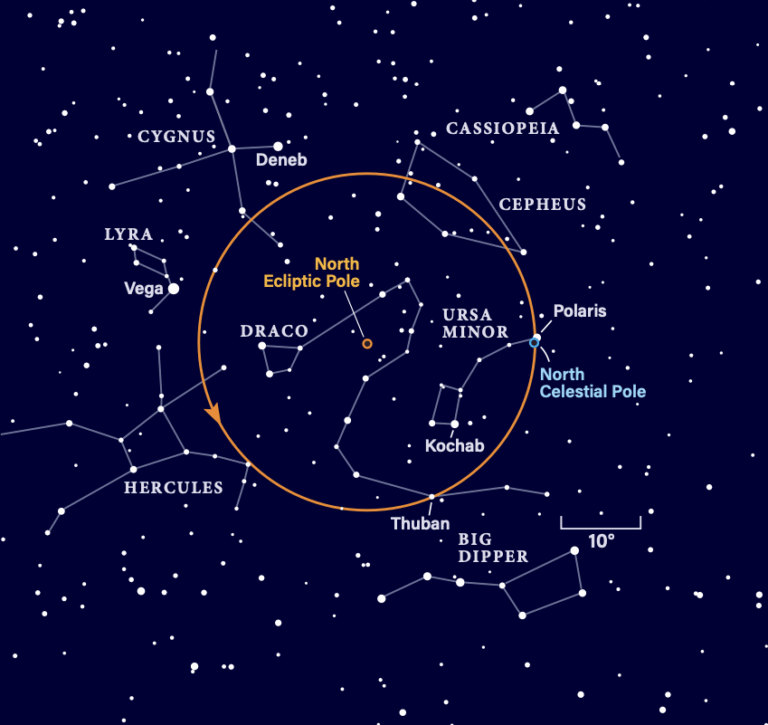Key Takeaways:
Research by astrobiologist William Bains, whose studies are carried out through Rufus Scientific in Cambridge, United Kingdom, and MIT in the United States, suggests that if life has evolved on the frozen surface of Saturn’s moon Titan, it would be strange, smelly, and explosive compared to life on Earth.
“Hollywood would have problems with these aliens,” said Bains. “Beam one onto the Starship Enterprise, and it would boil and then burst into flames, and the fumes would kill everyone in range. Even a tiny whiff of its breath would smell unbelievably horrible. But I think it is all the more interesting for that reason. Wouldn’t it be sad if the most alien things we found in the galaxy were just like us, but blue and with tails?”
Bains is seeking to work out just how extreme the chemistry of life can be. Life on Titan, Saturn’s largest moon, represents one of the more bizarre scenarios being studied. Titan is twice as large as our Moon and has a thick atmosphere of frozen orange smog. At 10 times our distance from the Sun, it is a frigid place with a surface temperature of –292° Fahrenheit (–180° Celsius). Water is permanently frozen into ice, and the only liquid available is liquid methane and ethane, which the Cassini/Huygens mission has shown is present in ponds and lakes on the surface of the moon.
“Life needs a liquid; even the driest desert plant on Earth needs water for its metabolism to work. So, if life were to exist on Titan, it must have blood based on liquid methane, not water,” said Bain. “That means its whole chemistry is radically different. The molecules must be made of a wider variety of elements than we use but put together in smaller molecules. It would also be much more chemically reactive.”
The solubility of chemicals in liquid methane is limited and strongly dependent on molecular weight. With a few exceptions, molecules with more than six heavy (non-hydrogen) atoms are essentially insoluble. So a metabolism running in liquid methane will have to be built of smaller molecules than terrestrial biochemistry, which is typically built of modules of around 10 heavy atoms. However, you can only build around 3,400 molecules from such a small number of atoms if you are limited to the chemistry that terrestrial life uses, i.e., carbon, nitrogen, oxygen, sulphur, and phosphorus in very limited chemical contexts.
“Terrestrial life uses about 700 molecules, but to find the right 700 there is reason to suppose that you need to be able to make 10 million or more,” Baines said. “The issue is not how many molecules you can make, but whether you can make the collection you need to assemble a metabolism. It is like trying to find bits of wood in a lumberyard to make a table. In theory, you only need five. But you may have a lumberyard full of off-cuts and still not find exactly the right five that fit together. So you need the potential to make many more molecules than you actually need. Thus the six-atom chemicals on Titan would have to include much more diverse bond types and probably more diverse elements, including sulphur and phosphorus in much more diverse and (to us) unstable forms, and other elements such as silicon.”
Energy is another factor that would affect the type of life that could evolve on Titan. With sunlight a tenth of a percent as intense on Titan’s surface as on the surface of Earth, energy is likely to be in short supply.
“Rapid movement or growth needs a lot of energy, so slow-growing, lichen-like organisms are possible in theory, but velociraptors are pretty much ruled out,” said Bains.










